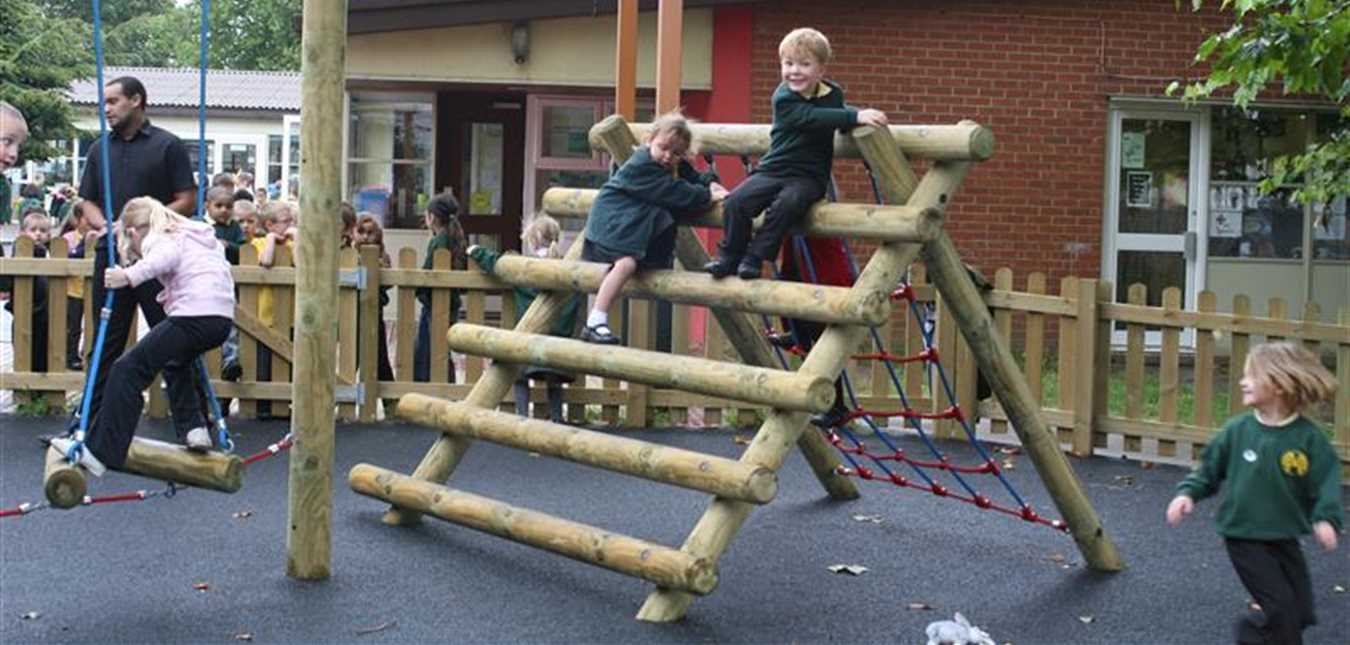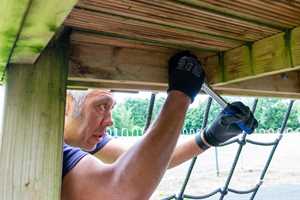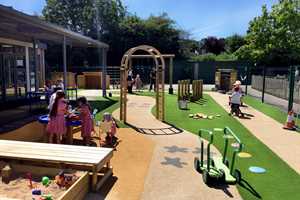Playground Design
How Can You Promote Risk-Taking Outdoors in the Playground
Katherine Houghton, Owner and Founder of the Early Years Staffroom, discusses the importance of children taking risks outdoors and reveals how schools can design their playground to promote safe risk-taking.
Is society in the UK becoming ‘Health and Safety obsessed’ and why is it so detrimental to child development? More and more children are arriving at school without properly developed gross motor skills. This could be due to the associated dangers with outdoor play as well as technology taking over childhoods.
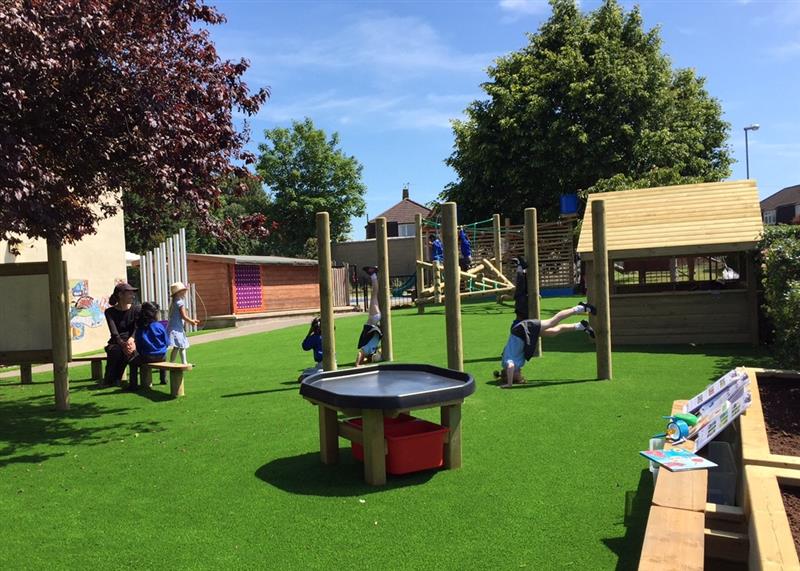
Therefore, free outdoor play in Early Years is more important now than it ever been. Children need to develop the basic prime areas of learning that they need as a basis for future learning.
Playing outside is the building blocks to classroom learning, it encourages children to participate in engaging and motivating achievable activities helping to develop personal, social and emotional skills, decision making, independence, collaboration, self-discovery, confidence, communication skills and self-esteem.
As well as developing these important skills, children need to learn to take risks and asses risk independently.
Research shows that children who can assess risk are far less likely to suffer serious injuries. So, in fact many who are averse to taking risks are doing more harm than good for children’s development and safety.
The ideal playground setting for risk taking
In an ideal world, children would have access to a forest with trees, sticks, leaves, plants etc. at their disposal but that isn’t the case for most playground settings.
Some may think that having an open space will be great for children to run, explore and to use their imagination but experience shows that children use their imagination far more and for longer periods when (if there is no forest) we add open ended resources and frames to open spaces.
If there is only an open space available with no trees etc. there will also be no risk. Ideally children would have free access to resources that they can use and self-assess risks.
Monkey Bars are great so that they can build their upper arm strength. Children need to learn to balance so planks that children can move around and climb on would be ideal.
Somewhere children can hide and ‘just be’ or the ability to create spaces like this is great. An area for nature to grow and for minibeasts to visit and for children to grow their own vegetables is a catalyst for learning about the world and developing communication skills.
The importance of risk assessments
Just having the resources is not enough, they need to be used. Too many times I have heard practitioners saying, ‘it’s too wet’, ‘the slide is too slippy and dangerous’, ‘someone broke their arm falling off here, so we can’t use that anymore’.
Every outside area available to children should be risk assessed before children use it, if it is too wet then children need to wear a rain suit, if the slide is slippy it could be dried with a towel, this can all be done with children - See our risks assessments here
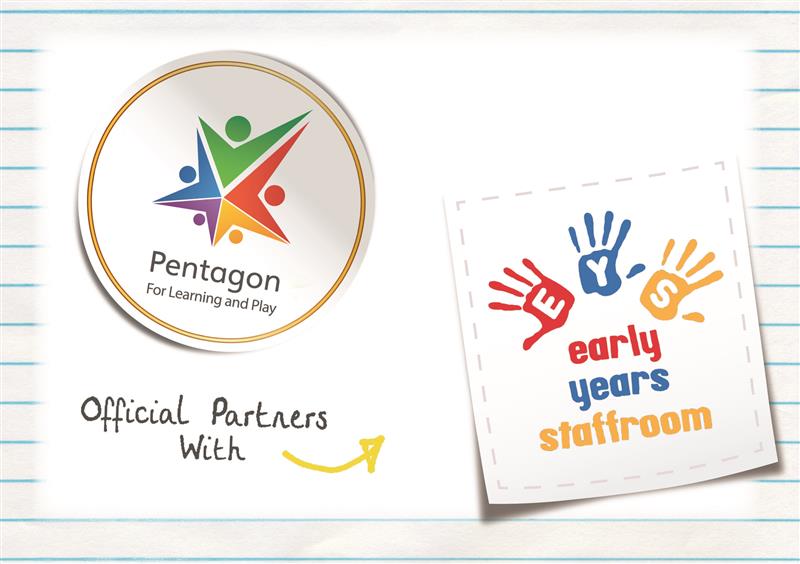
One thing to remember is…worse than a broken arm …is a broken spirit.
Katherine Houghton is the Owner and Founder of the Early Years Staffroom which is an online community for Early Years Practitioners. Teachers can use the community to access relevant resources, planning, official documents, photo ideas and an online forum to discuss topics and share ideas - Find out more.
Pentagon Play is delighted to announce a new partnership with the Early Years Staffroom.



